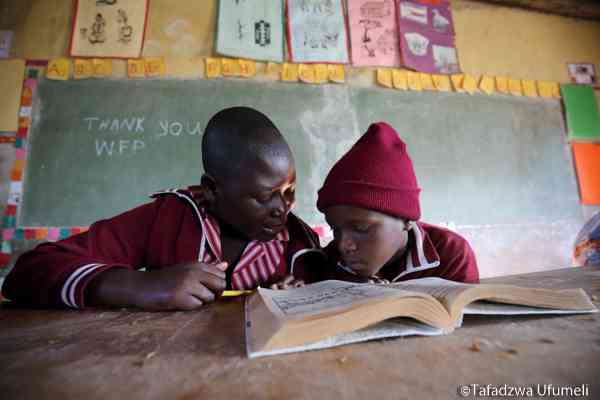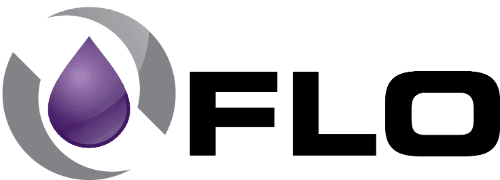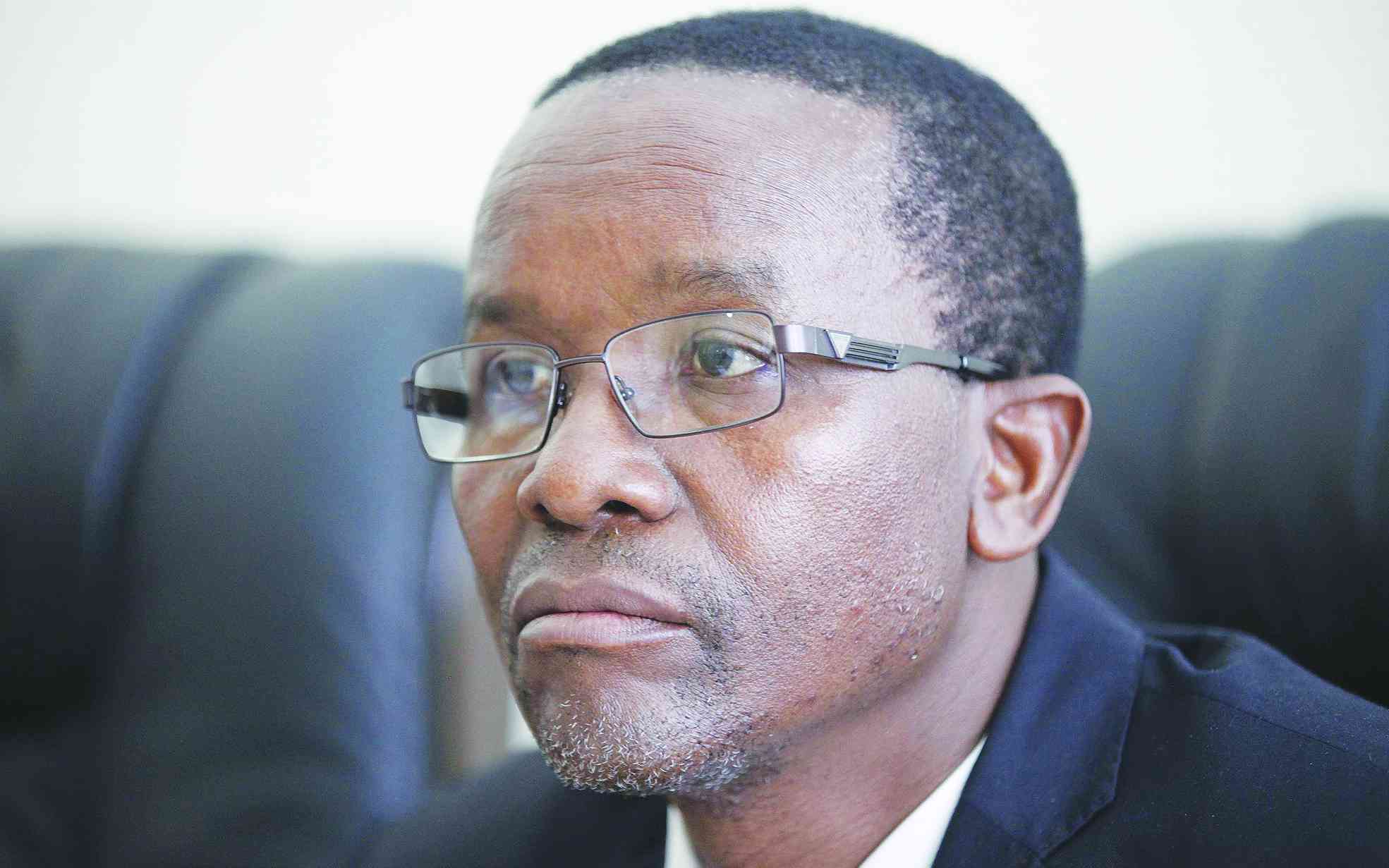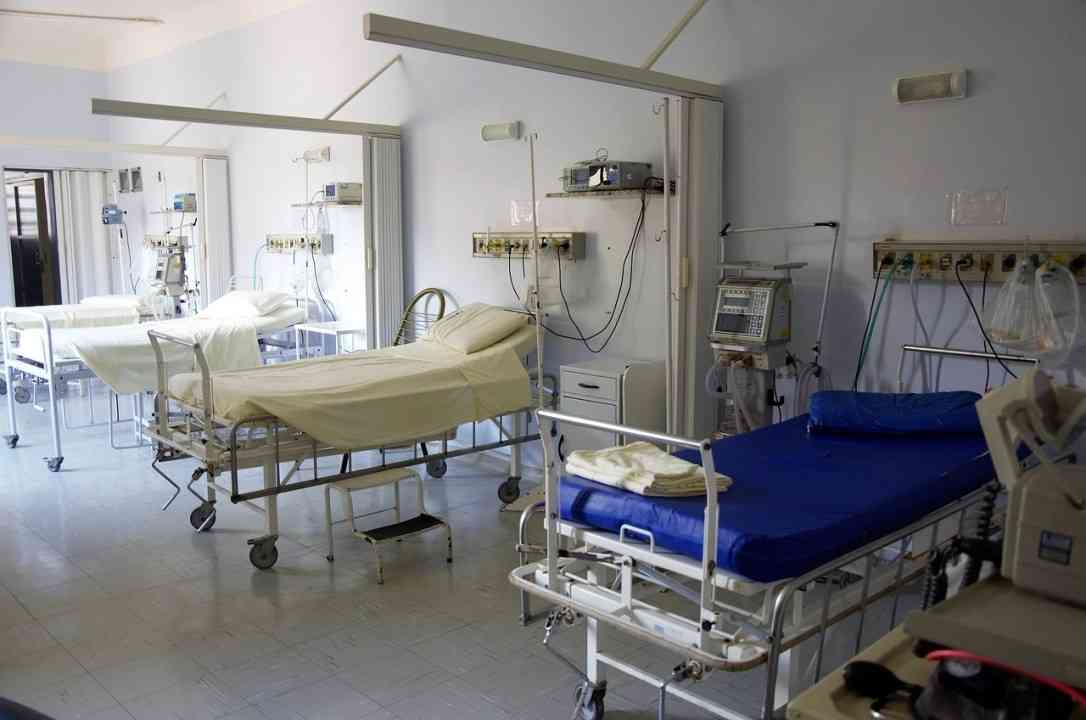THE Zimbabwe Coalition on Debt and Development (Zimcodd) says price levels are exorbitantly high and beyond the reach of many, despite a recent drop in prices over the past weeks.
In its latest report, Zimcodd said an urban household of six reportedly required ZWL$2,6 million in July 2023 to be considered not poor, up 4% from the ZWL$2,5 million which was estimated in the previous month.
“The salaries being paid to workers economy-wide are way below this poverty datum line, ” the report read.
“Be that as it may, the growth of ZWL (Zimdollar) prices is expected to continue to moderate in the coming months if ZWL liquidity position remains tight.”
In February this year, Zimbabwe National Statistics Agency adopted a blended consumer price index which measures combined price changes of goods and services in both the United States dollar (US$) and ZWL.
Annual price inflation came in at 101,3% in July down from 175,8% recorded in June 2023 — consumer purchasing power fell by more than 100% between the July 2022 to July 2023 period.”
Keep Reading
- Thousands flee economic mess
- Disband RBZ: Hanke
- 40 000 enumerators threaten legal action
- Zimbos don't want to burden SA's health system
In monthly terms, Zimbabwe has moved from hyperinflation in June 2023 to deflation (negative inflation).
In July 2023, the price growth plunged from 74,5% to -15,3%. The significant deceleration of inflation is largely attributable to the Zimdollar stability experienced in the month.
In the same month, the Zimdollar gained about 27% on the official interbank market, while remaining stable on the alternative markets, gaining almost 30% on average.
According to the report, authorities have instituted a plethora of stabilisation measures including fine-tuning the interbank market to improve Zimdollar price discovery, reducing central bank's quasi-fiscal activities (foreign currency surrender requirements and external debt servicing), and demanding 50% of quarterly corporate tax payments to be settled in local currency.
“However, the ZWL liquidity tightness must be optimal otherwise authorities will unintendedly fully dollarise the economy and crash the local unit of exchange,” it said.
The Reserve Bank of Zimbabwe’s 2023 mid-term monetary policy statement has shown that the economy has rapidly dollarised in the last 12 months.
As of June 2023, about 81% of the total money supply, about 88% of the total banking sector deposits, and about 94% of the total loan book were denominated in US$.
The Zimdollar closed July 2023 trading at $4 516,80 against the greenback in the willing-buyer willing-seller interbank market, gaining about 27,1% from June.
On the alternative markets, the ZWL sailed largely stable. The local unit gained roughly 30% from an average of $7 900 in June to ZW$6 100 in July 2023.
The Zimdollar stability enjoyed in July 2023 largely emanated from drastic stabilisation measures taken by authorities between early May 2023 and early June 2023.
According to the report, RBZ must stay the course of tight monetary policy, buttressed by sound fiscal policies that ensure a sustainable spending path to suppress quasi-fiscal activities (money printing) and reduce borrowing pressure for the Zimdollar stability to be durable.
“So, there must be adequate political will to institute robust political and economic reforms. Without robust reforms, the nation will continue to experience vicious cycles of currency crises and hyperinflation as it has already witnessed three episodes since 2019,” said the report.
“A glance at economic history shows that for developing nations to enjoy rapid socio-economic transformation, they must embrace reforms. Reforms are vital as they make government more effective, provide equal opportunities to most citizens, foster stability, and unlock economic potential.”





